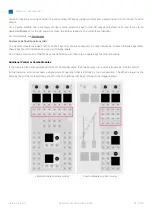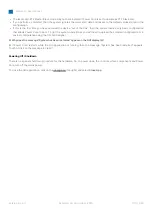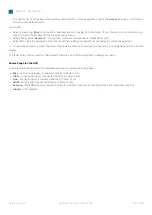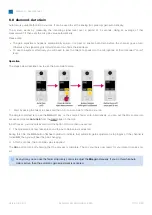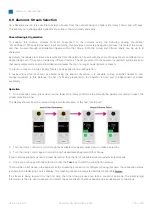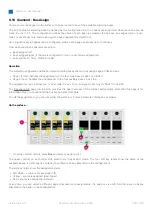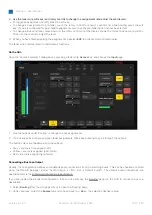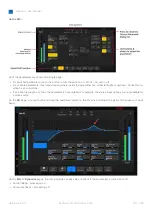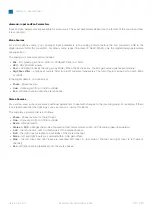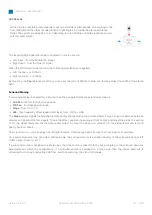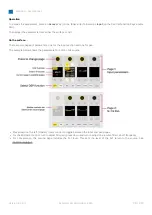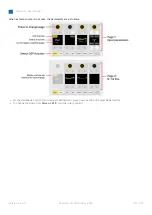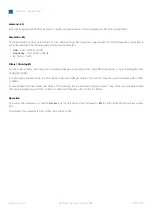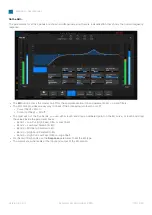
diamond - User Manual
Version: 8.0.0/1
Exported on: 24 October, 2023
111
/
228
•
•
•
•
•
•
•
•
•
◦
◦
◦
•
◦
◦
◦
◦
6.11 diamond - Source Parameters
The number of available sources, and whether 5.1 is supported, is determined by the Power Core license
. Note
that a stereo
source uses 2 resources and a 5.1 source uses 6 resources.
By default, all source channels come with a full complement of
DSP. If
you wish to simplify the operation, then it is possible
to disable the individual DSP blocks (per source). This is done by editing the system configuration using the ON-AIR
Designer (under "Source
→
Parm").
Signal Flow
The diagram below shows the signal flow for a diamond source.
The signal processing blocks are:
EQ
: 3-band parametric EQ plus 2-band filters.
Dynamics
: Compressor, Expander and Gate.
Limiter
: independent Limiter.
Delay
: up to 5.3 seconds, adjustable in ms, meters or frames.
De-Esser
: gain reduction for sibilant frequencies.
AutoMix
: automatic level adjustment for a group of sources.
In addition, the source's
insert
point
can
be used to insert an external device. This works by assigning one of the 16
available inserts defined by the configuration. Thus, at any one time, up to 16 external inserts are possible.
Every source channel also includes
an
input section
and
metering
, plus
a
direct out
is available for each fader. The pick-up
points for these elements are as follows:
Input meter
- is fixed and comes after the input section and before all processing. This meter is shown in the fader strip
Source Display and on the GUI Channel Strip page (in the standard configuration).
Pre/Post Dynamics & Limiter meters
- are fixed and show the level at the input and output of the Dynamics and Limiter
sections. The meters are used on the GUI Source Parameter pages (in the standard configuration).
External insert point
- can be switched to one of three positions by the operator:
pre-EQ
post-EQ
post Dynamics (or post Dynamics and Limiter if both are configured)
Direct out
- is defined per fader (and not per source). Its position is defined by the configuration and remains fixed
during the operation. There are four possible options:
post-proc post-fader
pre-proc post-fader
post-proc pre-fader
pre-proc pre-fader

